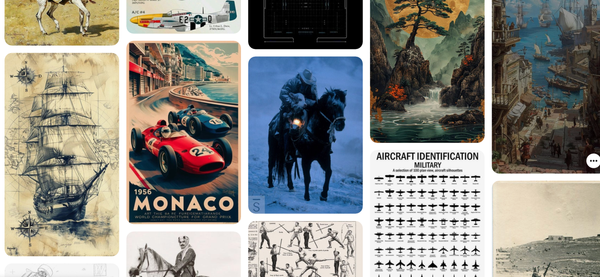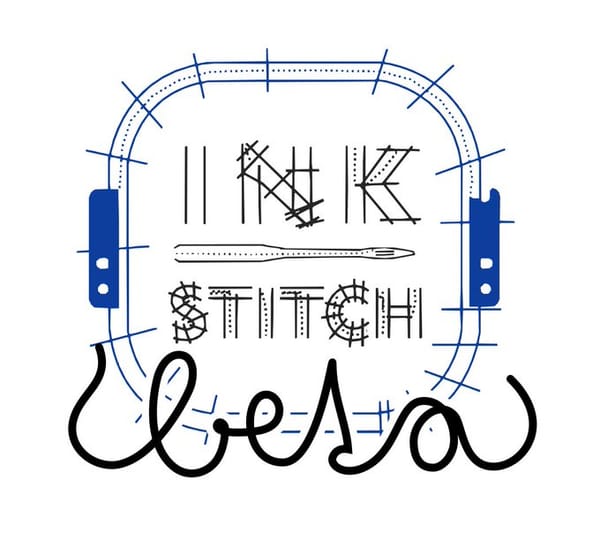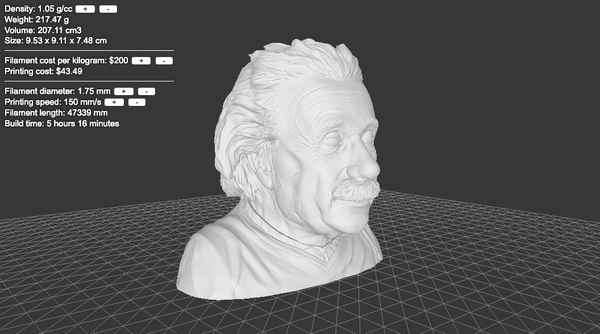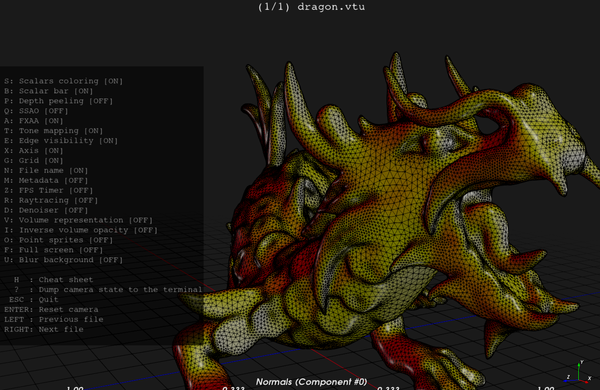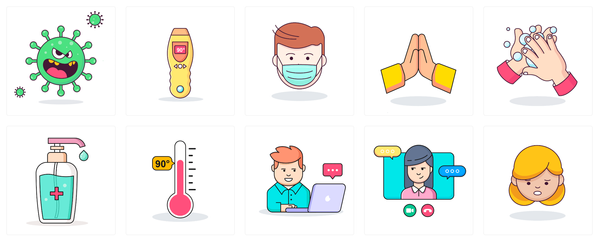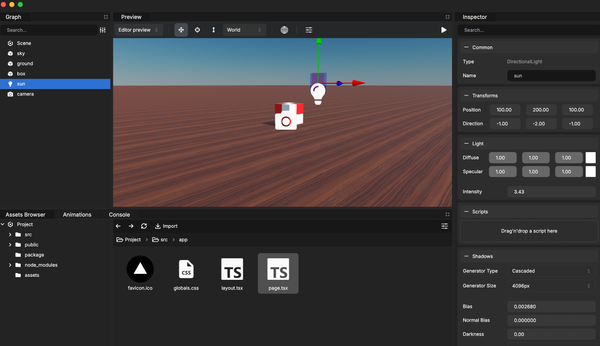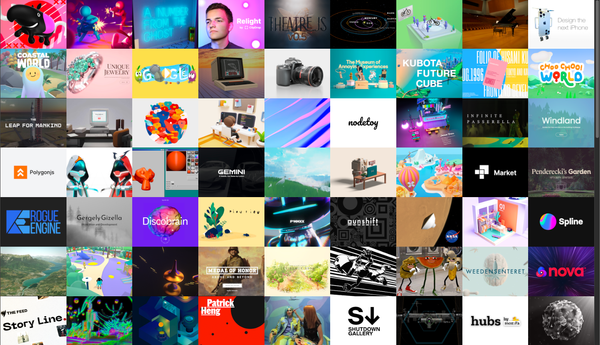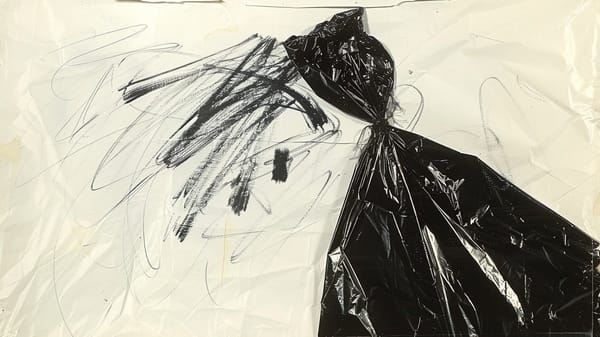How UI/UX Design Firms are Shaping the Future of Technology
UI/UX firms create innovative, user-friendly experiences using design thinking, minimalism, emotional design, and psychology-driven innovation. Their work is crucial in emerging technologies like VR, AR, and AI that rely on well-designed interfaces.
Table of Content
The ever-changing technology landscape is heavily influenced by San Francisco's UI/UX design companies, who act as architects creating the digital world with cutting-edge designs and smooth user experiences. With technology progressing, UI/UX design firms have become more crucial in their role and cannot be disregarded for their impact on the industry. In this blog post, we'll take a closer look at how a UI/UX design firm in San Francisco is shaping the future of technology, and provide some life hacks and examples for those looking to strengthen their creative skills.

The Importance of User Experience
The importance of user experience (UX) cannot be overstated. A well-designed UX can distinguish between a successful product and a failure. San Francisco-based UI/UX design companies understand this and are experts at creating seamless and intuitive user experiences. One example is the work done by the firm, IDEO. Their design of the first Apple mouse helped make the Macintosh computer a success, and they continue to innovate in the field of UX design.
Life Hack: Always keep the user experience in mind when designing a product. Ask yourself, "How can I make this as easy and intuitive as possible?"
Design Thinking
Design thinking is a problem-solving approach that starts with empathy for the user. It is a process that UI/UX design firms in San Francisco use to create innovative solutions to complex problems. Design thinking involves:
- Understanding the user's needs.
- Brainstorming creative solutions.
- Prototyping and testing.
- Iterating based on feedback.
It is a powerful tool for designing products that are not only visually appealing, but also meet the user's needs.
Example: Dworkz used design thinking to improve its user experience for a travel company application. They created an innovation team that worked closely with customers to identify pain points and develop solutions. This led to several improvements, such as a simplified booking process and more personalized recommendations.
Minimalism
UI/UX design enterprises in San Francisco are known for their minimalistic formatting. Minimalism is a strategic approach that focuses on simplicity and clarity. It is about reducing the amount of clutter in a plan, and allowing the user to focus on what is essential. Minimalism is a widespread technique trend because it is clean and easy to understand.
Life Hack: When planning, consider what elements are necessary and what can be removed. Simplify your layout to make it more intuitive and user-friendly.
Accessibility
Accessibility is an influential consideration for successful design firms.s. This means creating products that people with disabilities can use. It is about creating inclusive products that everyone can use. This is particularly significant for products a wide range of people use, such as websites and mobile apps.
Example: Apple is known for its commitment to accessibility. They have a team of architects specializing in creating products for people with disabilities. Their products include features such as VoiceOver, which reads out loud what is on the screen for people who are blind or have low vision.
Emotional Layout
An emotional layout is a design approach that focuses on the dynamic response of the user. It is about creating products that elicit an emotional response, whether joy, excitement, or even sadness. Creatives understand the importance of dynamic design and use it to create functional and enjoyable products.
Example: The game Monument Valley is an example of an emotional setup. The game is visually stunning and has a dream-like quality that creates an emotional connection with the player.
Psychology-Driven Innovation: The Key to User-Friendly UI/UX
Alternative operating principles for UI/UX agencies can involve a focus on innovation and experimentation. These firms can actively seek out new solutions and ways of approaching creation problems, rather than relying on tried-and-true methods. However, this can present a challenge, as users may resist change and prefer to stick with familiar layout patterns. This is where psychology can be invaluable for UI/UX designers, who can use their understanding of human behavior to create new, comfortable user scenarios.
For example, the popular app Headspace uses principles of cognitive psychology to make meditation more accessible and engaging for users. Additionally, the creation of the language-learning app Duolingo uses principles of gamification and behavioral psychology to encourage users to continue learning and practicing. By incorporating psychology into their design processes, San Francisco-based UI/UX design companies create products that are both innovative and user-friendly.
Dworkz used psychology principles in designing a catering app interface, including Von Restorff Effect and Hick's Law. The landing page displayed high-quality food images, bright colors, and clear navigation. The checkout process was intuitive, with progress indicators and clear calls to action. As a result, customer retention increased, and the app had higher engagement and repeat business.
The Crucial Role of UI/UX Design in Shaping the Future of Technology
UI/UX firms have a crucial role in shaping the future of new technologies such as virtual reality, augmented reality, and artificial intelligence. These emerging technologies require innovative and seamless user experiences that make them accessible and easy to use. For instance, virtual reality (VR) applications require a well-designed user interface that can guide users through the virtual environment and allow them to interact with it. Augmented reality (AR) experiences also need a well-designed user interface to blend the real and virtual worlds seamlessly. Moreover, artificial intelligence (AI) applications require intuitive interfaces presenting complex information clearly and concisely. UI/UX design companies in SF are embracing these new technologies and applying creative principles that meet the specific requirements of each. In this way, they initiate an engaging experience that takes full advantage of the potential of these new technologies.
Outro
UI/UX firms are like architects, constructing the digital world with innovative designs and seamless user experiences. San Francisco's UI/UX design companies are at the forefront of shaping the future of technology. Their innovative techniques and seamless user experiences have significantly impacted the industry.
Following this blog post's life hacks and examples can elevate your creative skills, create visually appealing products, and meet users' needs. Remember to keep the user experience in mind, embrace design thinking, simplify your setup, consider accessibility, and aim for an emotional format. With these principles in mind, you too can become a master of UI/UX strategy.


